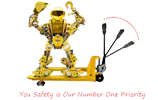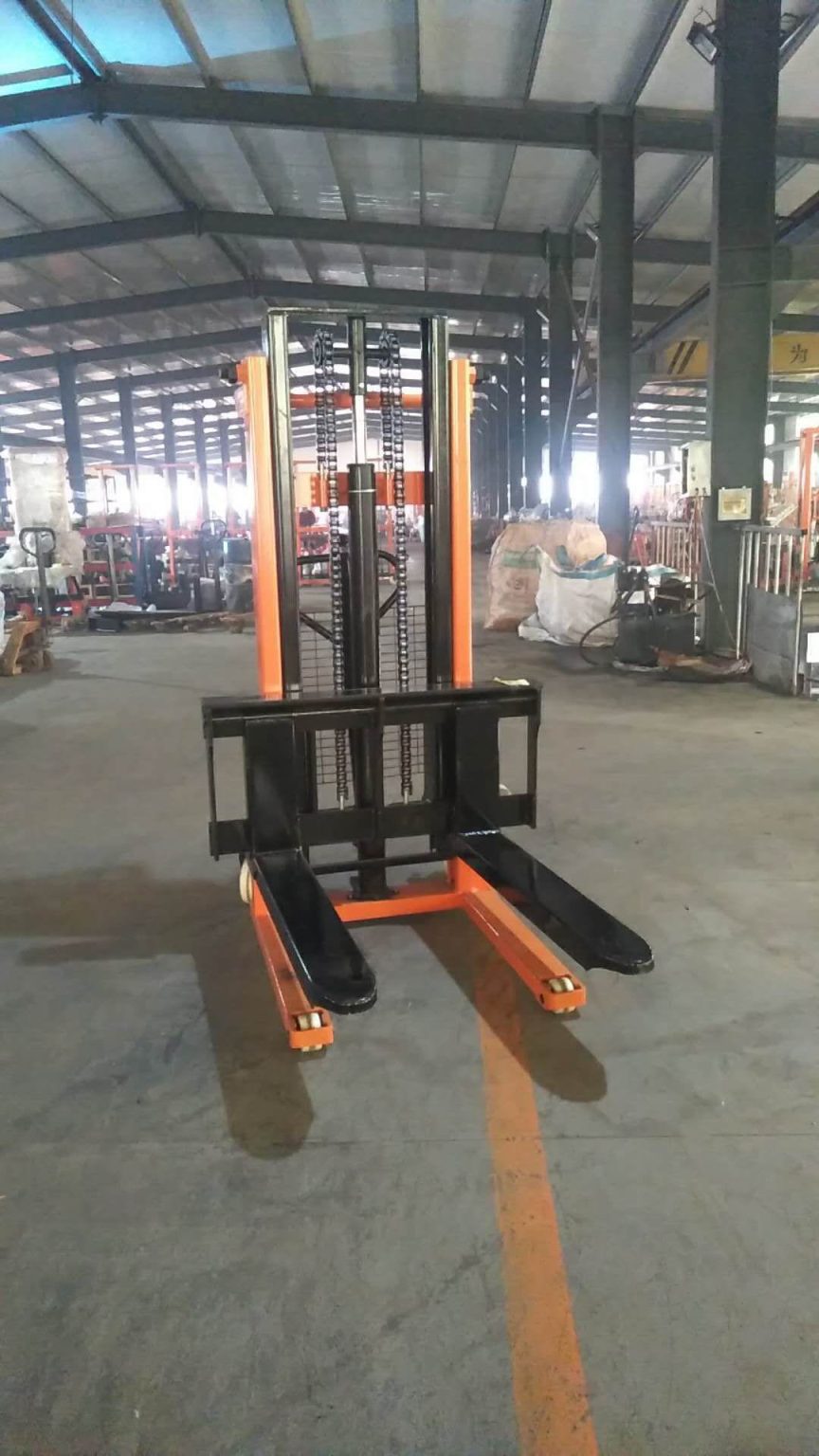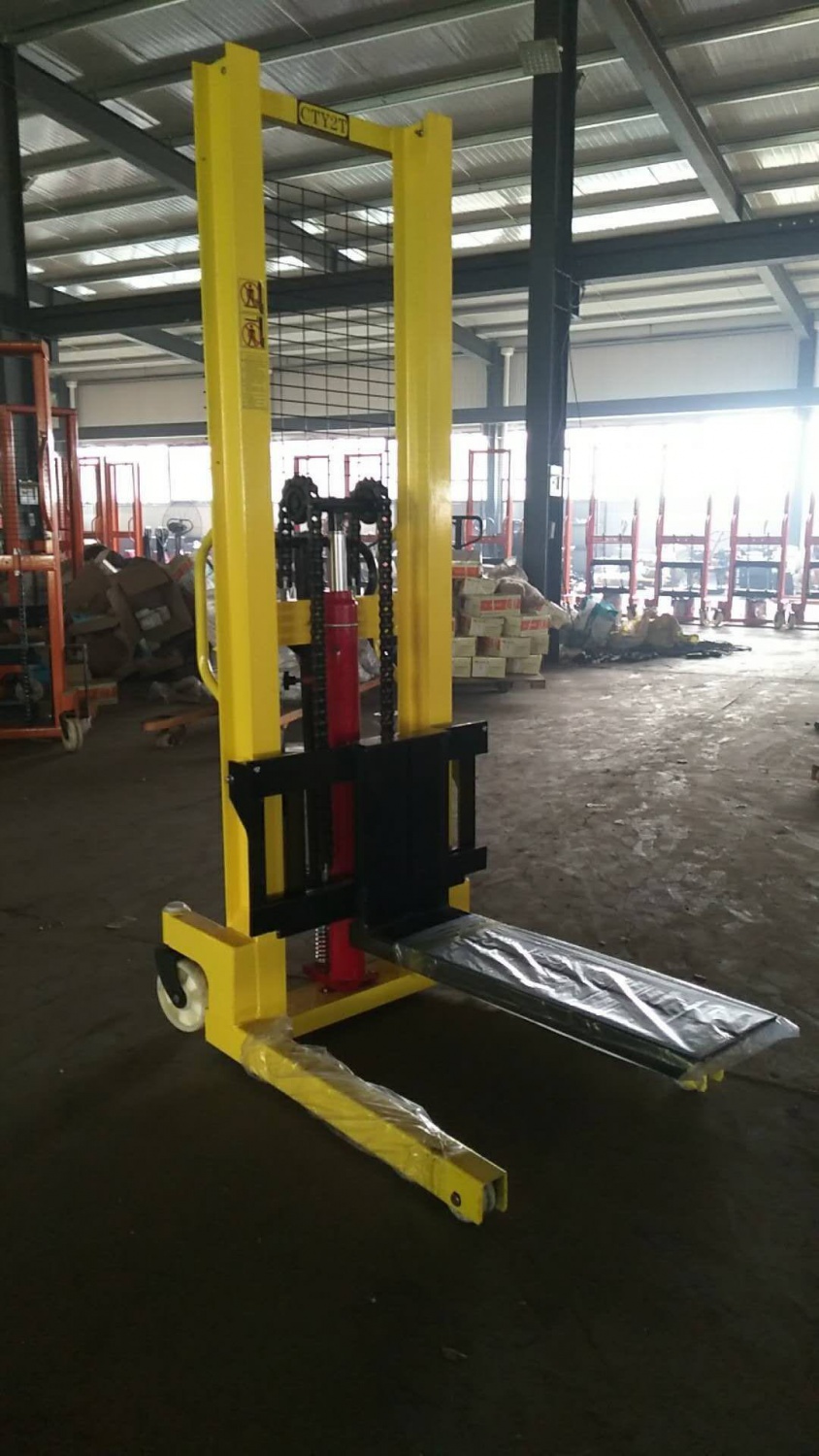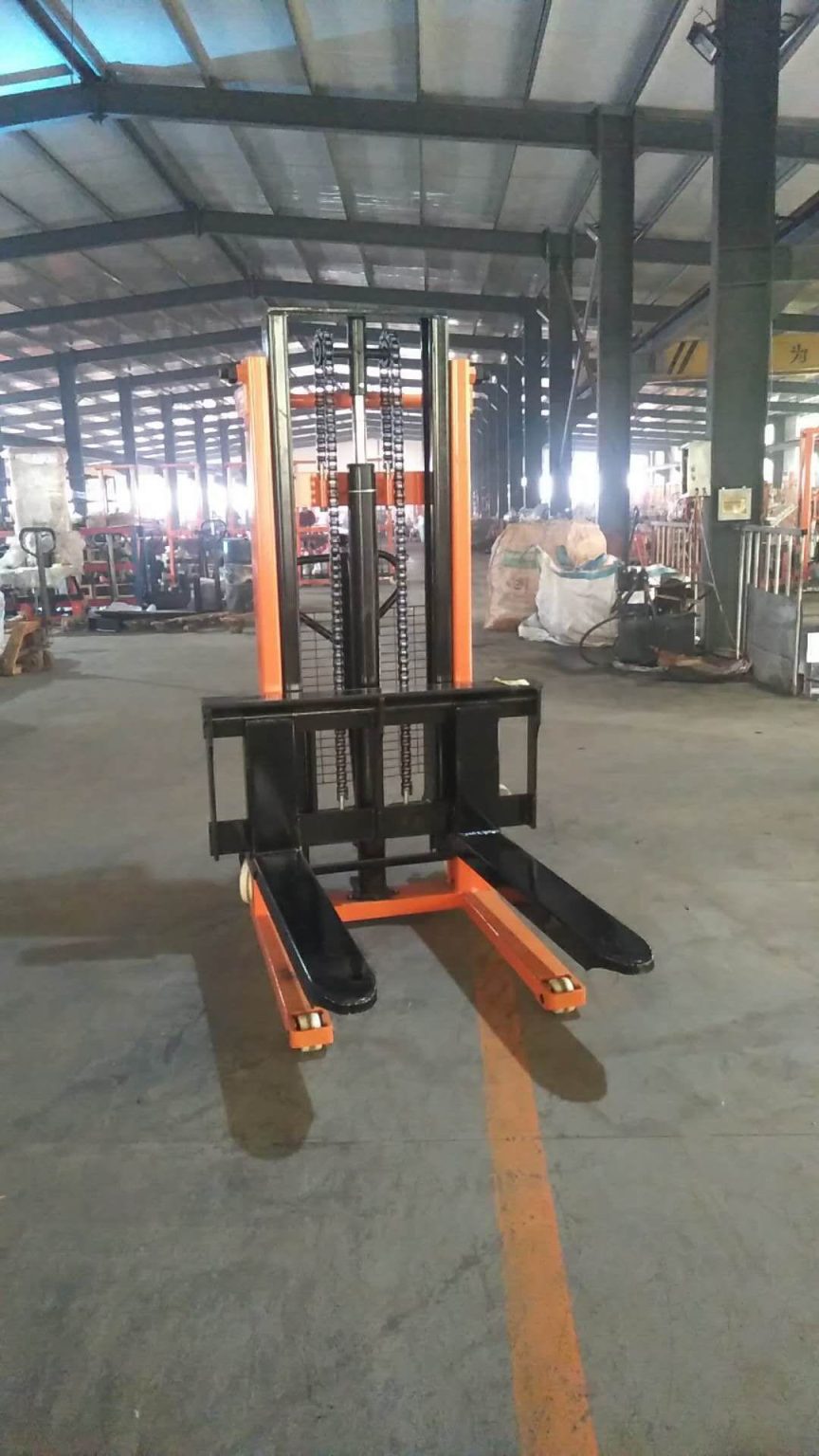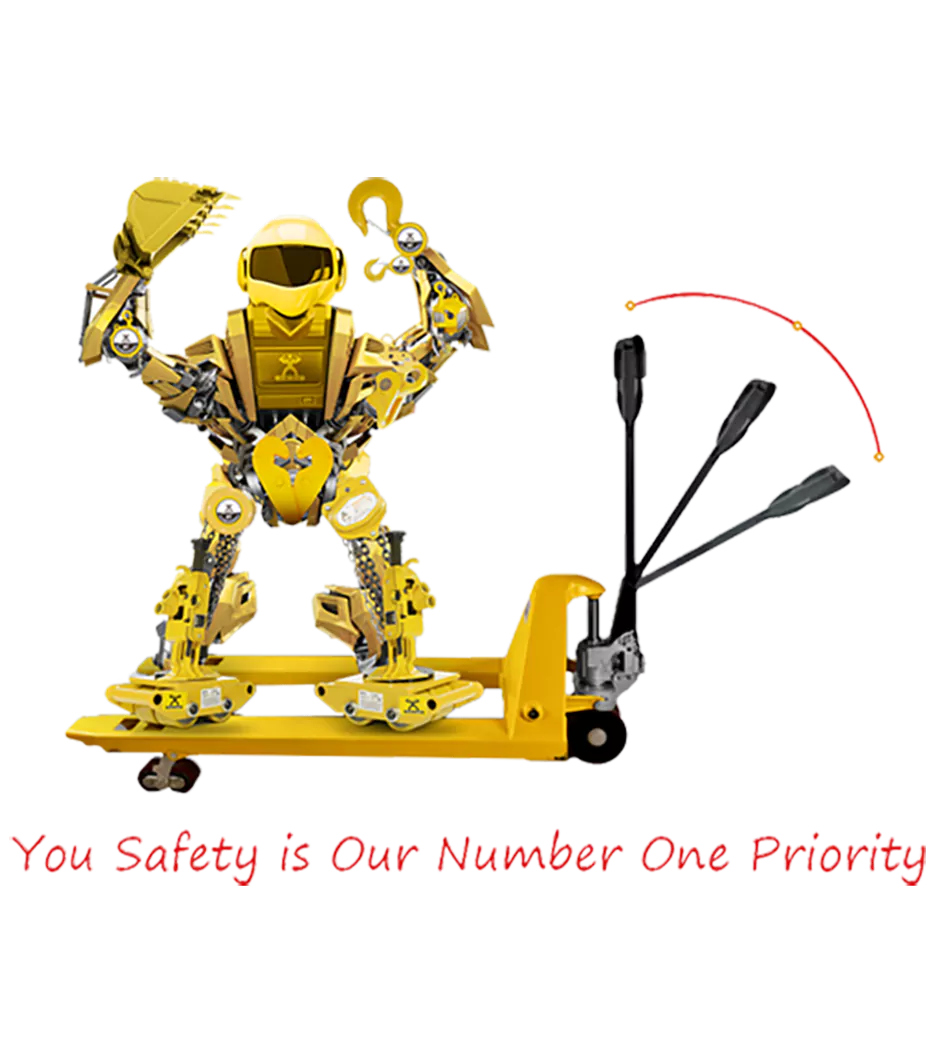Introduction to Hand Stackers
Welcome to our blog post all about hand stackers! If you’re involved in material handling, you know just how important it is to have the right tools for the job. And when it comes to lifting and moving heavy loads with ease and efficiency, hand stackers are a game-changer. These versatile tools are designed to make your life easier by providing a safe and efficient way to lift, transport, and stack materials. In this article, we will explore the different types of hand stackers available, their benefits, common applications, tips for choosing the right one for your needs, as well as maintenance and safety tips. So let’s dive in and discover why hand stackers are such valuable assets in any workplace!
Types of Hand Stackers
When it comes to material handling, there are various types of hand stackers available in the market. Each type is designed to cater to different needs and requirements, making them versatile tools for any workplace.
1. Manual Hand Stackers: These hand stackers rely on human power to operate, making them ideal for small-scale operations or when electric power is not readily available. They are compact and easy to maneuver, allowing operators to lift and transport loads efficiently.
2. Electric Hand Stackers: Powered by electricity, these stackers offer convenience and ease of use. They are equipped with an electric motor that enables operators to lift heavy loads effortlessly. With adjustable forks and lifting heights, electric hand stackers provide flexibility in handling various materials.
3. Semi-Electric Hand Stackers: Combining the benefits of both manual and electric models, semi-electric hand stackers feature a manually operated pump for lifting loads while utilizing an electric motor for horizontal movement. This makes them suitable for applications where occasional heavy lifting is required but frequent travel distances need assistance.
4.Powered Stacker Trucks: Designed for heavier-duty applications, powered stacker trucks can handle larger loads with ease due to their robust construction and higher weight capacity compared to other types of hand stackers.
In summary,hand stacker options include manual ones that depend on human strength;electric models which make moving large items easier;semi-electric versions combine both technologies,and then there’s also powered trucks which excel at transporting heavier objects.
These types allow companies greater flexibility in choosing the right tool based on their specific material handling needs.
Regular maintenance will ensure these equipment work optimally,such as inspecting components like brakes,batteries,and tires routinely.
Following safety guidelines during operation will prevent accidents,resulting in more efficient workflow.
Choosing a suitable hand-stacker model requires evaluating factors such as load capacity,lifting height,fork width,and overall dimensions.
Benefits of Using Hand Stackers
Hand stackers are versatile tools that offer numerous benefits in material handling tasks. Whether you work in a warehouse, factory, or retail environment, incorporating hand stackers into your operations can greatly improve efficiency and productivity.
One of the main advantages of using hand stackers is their compact size and maneuverability. Unlike larger forklifts or pallet jacks, hand stackers can easily navigate tight spaces and narrow aisles. This makes them ideal for smaller warehouses or cramped storage areas where space is limited.
Another benefit of hand stackers is their ease of use. With simple controls and intuitive operation, even inexperienced operators can quickly learn how to safely operate a hand stacker. This reduces the need for extensive training and allows workers to efficiently move materials without delay.
Hand stackers also offer versatility in terms of load capacity. Depending on the model chosen, they can handle loads ranging from a few hundred pounds to several thousand pounds. This flexibility allows you to choose the right hand stacker based on your specific needs and requirements.
Additionally, using hand stackers minimizes physical strain on workers. By utilizing hydraulic lifting mechanisms, these tools eliminate the need for manual lifting and carrying heavy loads. This not only helps prevent injuries but also improves overall worker comfort and well-being.
Furthermore, hand stackers contribute to increased safety in material handling operations. They are equipped with features such as brakes, stability systems, and adjustable forks that ensure secure lifting and transportation of goods. These safety measures help reduce accidents and protect both personnel and goods from damage.
Common Applications for Hand Stackers
Hand stackers are versatile tools that can be used in a wide range of applications across various industries. These compact and maneuverable machines offer an efficient solution for lifting, moving, and stacking materials in warehouses, factories, retail stores, and more.
In warehousing operations, hand stackers play a crucial role in inventory management. They enable workers to safely transport heavy items from one location to another without the need for manual lifting or carrying. This not only improves efficiency but also reduces the risk of injuries caused by improper handling.
In retail settings, hand stackers are often used to organize merchandise on shelves or move products between storage areas. Their small size allows them to navigate narrow aisles with ease while their lifting capabilities ensure that goods can be stacked neatly and securely.
Construction sites also benefit from the use of hand stackers. These machines make it easier to load and unload materials such as bricks, blocks, and bags of cement. Their ability to lift heavy loads minimizes strain on workers’ bodies while improving productivity.
Moreover, hand stackers find applications in manufacturing plants where they assist with assembly line processes by transporting raw materials or finished products efficiently. They can easily navigate tight spaces within production areas and help streamline workflows.
The versatility of hand stackers extends beyond traditional industrial settings. They are also commonly used in hospitality establishments such as hotels and restaurants for tasks like restocking supplies or moving furniture during set-up or rearrangement.
Whether it’s organizing inventory in a warehouse or streamlining processes on a construction site or even aiding with tasks in hospitality settings – hand stackers prove themselves as invaluable tools capable of enhancing efficiency while ensuring safety.
How to Choose the Right Hand Stacker for Your Needs
When it comes to choosing the right hand stacker for your needs, there are a few key factors to consider. First and foremost, you’ll want to think about the weight capacity of the stacker. This will determine how much weight it can safely lift and maneuver.
Next, consider the height range of the stacker. Do you need a low-profile model for easy loading and unloading? Or do you require a higher reach for stacking items on shelves or racks?
Another important consideration is the type of load you’ll be handling. Are you working with pallets? If so, look for a hand stacker that has forks designed specifically for palletized loads. On the other hand, if you’re dealing with drums or barrels, there are specialized attachments available as well.
The size and dimensions of your workspace should also be taken into account. If space is limited, opt for a compact model that offers good maneuverability in tight areas.
Don’t forget about ergonomics! Look for features such as adjustable handles or cushioned grips to ensure comfort during operation.
By carefully considering these factors and choosing a hand stacker that meets your specific requirements, you can enhance efficiency and productivity in your material handling tasks.
Maintenance and Safety Tips for Hand Stackers
To ensure the longevity and optimal performance of your hand stacker, regular maintenance is crucial. Here are some important tips to keep in mind:
1. Inspect before use: Before operating the hand stacker, thoroughly inspect it for any signs of damage or wear. Check the wheels, forks, hydraulic system, and controls for any issues.
2. Lubrication: Proper lubrication of moving parts is essential to prevent friction and ensure smooth operation. Follow the manufacturer’s guidelines on which lubricants to use and how often to apply them.
3. Cleanliness matters: Keep your hand stacker clean by regularly removing dirt, debris, and dust from all surfaces. This will help prevent buildup that could interfere with its functioning.
4. Battery maintenance: If your hand stacker runs on batteries, make sure to follow proper charging procedures and monitor battery levels regularly. Overcharging or undercharging can lead to reduced battery life.
5. Safe handling practices: When using a hand stacker, always adhere to safety protocols such as wearing appropriate personal protective equipment (PPE), maintaining clear visibility while operating the equipment, and never exceeding its load capacity.
6. Training employees: Ensure that anyone who operates a hand stacker receives proper training on its safe usage techniques as well as understanding emergency procedures in case of accidents or malfunctions.
By following these maintenance and safety tips for your hand stacker, you can enhance its durability while ensuring a secure working environment for everyone involved in material handling operations.
Conclusion
Hand stackers are versatile tools that offer numerous benefits for material handling tasks. From warehouses to retail stores, these compact and efficient machines are designed to make lifting and moving heavy loads easier and safer.
By choosing the right hand stacker for your needs, you can significantly improve productivity while reducing the risk of injuries caused by manual lifting. Whether you opt for a manual or electric model, there is a hand stacker available to suit various applications and budgets.
To ensure optimal performance and longevity of your hand stacker, regular maintenance is essential. This includes checking for wear and tear, lubricating moving parts, and keeping it clean from dirt or debris. Additionally, always prioritize safety by following proper operating procedures, wearing appropriate personal protective equipment (PPE), and undergoing training when necessary.
Hand stackers are invaluable tools in the world of material handling. With their versatility, ease of use, and ability to streamline operations in various industries, they have become an indispensable asset for businesses looking to enhance efficiency and reduce physical strain on workers. Invest in a quality hand stacker today and experience the difference it can make in your workplace!
